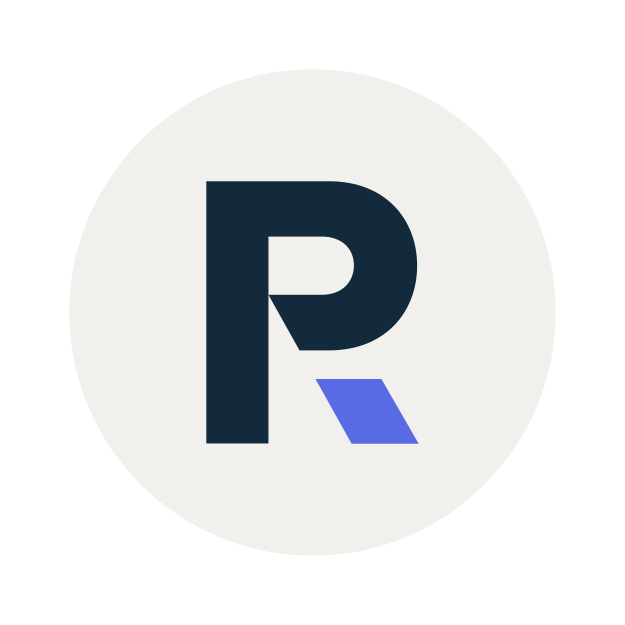In today’s world, companies need to stay updated on rules and regulations that keep them safe, organized, and compliant. Whether it’s a bank following finance laws or a healthcare provider safeguarding patient data, these businesses rely on different tools to navigate the complex landscape of compliance. Three popular tools in this field are Regulation Lifecycle Management (RLM), Governance, Risk, and Compliance (GRC), and Regulatory Intelligence. While they each have unique roles, these tools often work together to ensure businesses stay compliant, safe, and up-to-date.
This article explains these tools in simple terms, breaking down what each one does, why it’s important, and how it differs from the others.
What is Regulation Lifecycle Management (RLM)?
Regulation Lifecycle Management (RLM) is a process that helps companies handle all the stages of regulatory requirements. In a world where regulations constantly evolve, RLM is a way to track, manage, and update these rules to ensure a company’s policies stay compliant.
RLM is especially useful for businesses that need to adapt quickly to new rules, like banks dealing with financial regulations. For instance, if a new anti-money laundering rule is introduced, a bank using RLM can easily update its policies and ensure employees understand the changes.
Key Points About RLM:
- Purpose: Helps companies stay updated with the latest regulations, making it easier to manage compliance changes.
- Best For: Companies that deal with changing regulations, like those in finance or healthcare.
- Example: A bank adapting to new financial regulations.
What is Governance, Risk, and Compliance (GRC)?
Governance, Risk, and Compliance (GRC) is a framework that helps companies manage their overall safety and compliance. Think of GRC as a big, organized plan that keeps the company on track by focusing on three key areas:
- Governance – Making sure all parts of the company work together and follow the rules.
- Risk Management – Identifying and managing any risks that could harm the company.
- Compliance – Ensuring that the company follows all relevant laws and regulations.
GRC is valuable for organizations that handle a lot of sensitive data, like a healthcare company that needs to keep patient information private and secure. By using GRC, this company can prevent data breaches and respond quickly if an issue arises.
Key Points About GRC:
- Purpose: Helps companies run smoothly, stay safe, and follow important rules.
- Best For: Large organizations that need to manage risk, safety, and compliance together.
- Example: A healthcare provider safeguarding patient data.
What is Regulatory Intelligence?
Regulatory Intelligence is a tool that gathers, organizes, and delivers updates on rules from around the world. This tool is like a news feed of regulations, giving companies quick and easy access to new rules, changes, and expert insights. For companies that operate globally, regulatory intelligence is essential for staying aware of and adapting to new laws that impact their industry.
For example, a company with offices in multiple countries might use regulatory intelligence to keep track of local rules in each location. If there’s a new environmental law in one country, the tool can notify the company so they can make any necessary adjustments.
Key Points About Regulatory Intelligence:
- Purpose: Keeps companies informed about new or changing regulations worldwide.
- Best For: Businesses with a global presence that need to stay updated on local and international rules.
- Example: A multinational business tracking trade rules.
Simplifying the Differences: A Quick Comparison
Each of these tools has a unique purpose and benefit. Here’s a table to simplify their differences:
| Tool | What It Does | Why It’s Useful | Example Use Case |
|---|---|---|---|
| Regulation Lifecycle Management (RLM) | Manages regulations from start to finish | Keeps companies up-to-date with new and changing rules | A bank adapting to new financial regulations |
| Governance, Risk, and Compliance (GRC) | A plan for safety, rules, and risk management | Ensures the company runs smoothly and safely | A healthcare provider securing patient data |
| Regulatory Intelligence | Collects and shares new rule updates from around the world | Provides fast access to regulatory changes, so companies can adapt | A multinational tracking changes in trade laws |
Choosing the Right Compliance Tool
The choice of compliance tools depends on an organization’s specific needs. For companies with rapidly changing regulations, RLM is ideal, as it provides a streamlined way to manage these changes. For those needing a broader strategy that includes governance and risk, GRC can offer a comprehensive approach to risk and compliance. And for companies operating globally, Regulatory Intelligence is invaluable for staying up-to-date with rules across regions.
In some cases, companies use all three tools together. For example, a multinational financial institution might rely on Regulatory Intelligence for updates, RLM to manage each regulatory change, and GRC to oversee its overall safety and compliance strategy.
Conclusion
Understanding these compliance tools is essential in today’s regulatory environment. RLM, GRC, and Regulatory Intelligence each provide unique value, helping organizations stay compliant, manage risk, and respond swiftly to regulatory changes. By combining these tools or choosing the right one for their needs, businesses can operate with confidence, knowing they’re on the right side of the law.
Whether your company is a global enterprise or a local business, these tools can simplify regulatory management, protect against risks, and ensure smooth and safe operations in an increasingly complex world.



